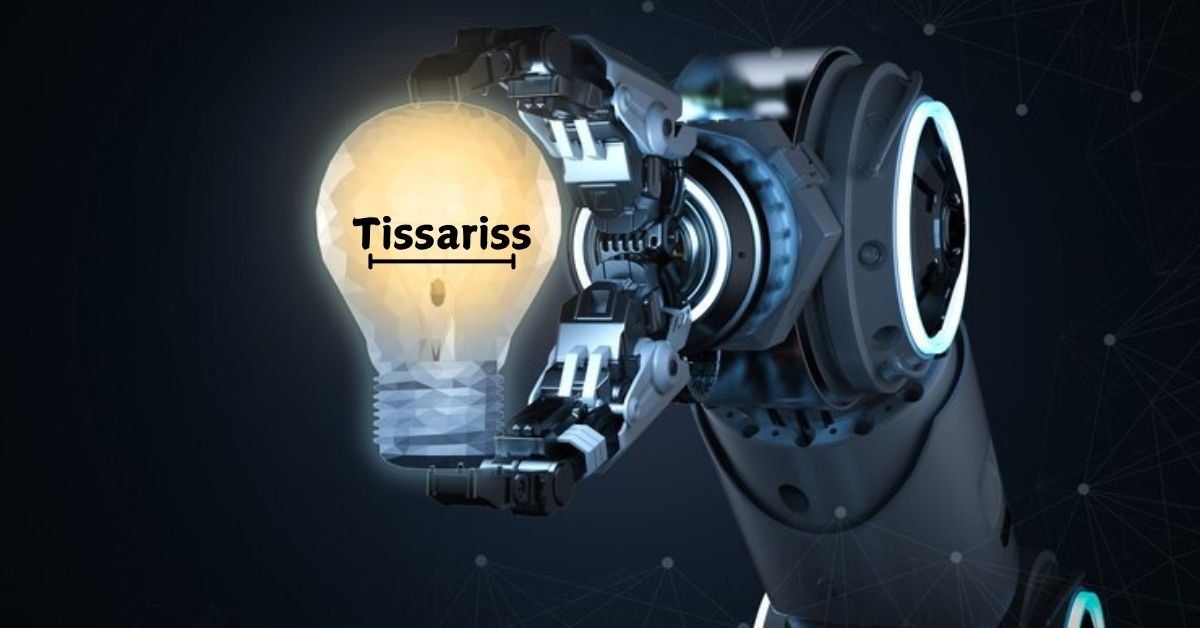Welcome to the fascinating world of Linuxia! If you’re curious about Linux but feel overwhelmed by its complexity, you’re in the right place. This guide will break down everything you need to know about Linux, its benefits, and how to get started. Whether you’re a tech enthusiast or just someone looking for a reliable operating system, Linuxia has something for you.
What is linuxia?
linuxia is a family of open-source Unix-like operating systems based on the Linux kernel. Created by Linus Torvalds in 1991, Linux has grown into a versatile and powerful platform used in everything from smartphones to supercomputers.
The Benefits of Using linuxia
There are numerous reasons why people choose Linux over other operating systems. Let’s explore some of the key benefits that make Linux stand out.
Open Source Nature
One of the most significant advantages of Linux is that it is open source. This means that its source code is freely available for anyone to view, modify, and distribute. This promotes transparency, security, and collaboration within the community.
High Security
Linux is known for its robust security features. It’s less susceptible to viruses and malware compared to other operating systems. This makes it an ideal choice for servers and systems requiring high security.
Customizability
With Linux, you can customize almost every aspect of the operating system to fit your needs. From the desktop environment to the smallest system settings, Linux offers unparalleled flexibility.
Performance and Stability
Linux systems are known for their performance and stability. They can run efficiently on older hardware, making them a cost-effective solution for many users. The stability of Linux also means fewer crashes and downtimes.
Getting Started with linuxia
If you’re new to Linux, starting can seem daunting. Here’s a step-by-step guide to help you get started with Linux effortlessly.
Choosing a Distribution
The first step in your Linux journey is choosing a distribution (distro). Distros are different versions of Linux tailored for various needs. Popular distros include Ubuntu, Fedora, and Mint. Choose one that suits your requirements and expertise level.
Installing Linux
Once you’ve chosen a distro, the next step is installation. Most distros offer an easy-to-use installer. You can install Linux alongside your existing operating system (dual boot) or replace it entirely. Follow the instructions provided by your chosen distro.
Basic Commands to Know
Learning a few basic commands can significantly enhance your Linux experience. Commands like ls (list files), cd (change directory), and mkdir (make directory) are fundamental to navigating and managing your Linux system.
Exploring the linuxia Desktop Environment
Linux offers a variety of desktop environments such as GNOME, KDE, and XFCE. Each environment provides a unique user experience. Explore these environments to find the one that best suits your workflow.
Using the Terminal
The terminal is a powerful tool in Linux that allows you to perform various tasks efficiently. While it might seem intimidating at first, mastering the terminal can make you a Linux power user.
Installing Software
Installing software on Linux is straightforward. Most distros come with a package manager that simplifies the process. For example, Ubuntu uses apt, while Fedora uses dnf. You can install software from the command line or through graphical software centers.
Customizing Your System
One of the joys of using Linux is the ability to customize your system extensively. From changing the appearance of your desktop to tweaking system settings, the possibilities are endless.
Connecting to the Internet
Connecting to the internet on Linux is usually hassle-free. Most distros support a wide range of network hardware and provide easy-to-use network management tools.
Managing Files and Directories
File and directory management in Linux is straightforward. The file system hierarchy follows a logical structure, making it easy to navigate and organize your files.
Understanding File Permissions
Linux uses a robust permission system to control access to files and directories. Understanding file permissions is crucial for maintaining the security and integrity of your system.
Using Linux for Everyday Tasks
Linux is capable of handling all your everyday tasks, from browsing the web to editing documents. Here are some common tasks you can perform on Linux.
Web Browsing
Most popular web browsers, including Firefox and Chrome, are available on Linux. You can surf the web, watch videos, and do everything you would on any other operating system.
Office Productivity
Linux has several office suites like LibreOffice that can handle word processing, spreadsheets, and presentations. These tools are compatible with Microsoft Office formats, ensuring seamless productivity.
Media Playback
Linux supports a wide range of media players for audio and video playback. Applications like VLC and Rhythmbox provide excellent media experiences.
Gaming on linuxia
Gaming on linuxia has improved significantly over the years. Platforms like Steam offer a vast library of games compatible with Linux. Additionally, tools like Proton and Wine allow you to run many Windows games on Linux.
Troubleshooting Common Issues
Like any operating system, you may encounter issues while using Linux. Here are some common problems and how to troubleshoot them.
Hardware Compatibility
While Linux supports a wide range of hardware, you might encounter compatibility issues. Checking the hardware compatibility list of your chosen distro can help avoid such problems.
Software Installation Issues
If you face issues while installing software, ensure that your package manager is updated. Running commands like sudo apt update can resolve many software installation problems.
Network Connectivity Problems
Network connectivity issues can often be resolved by checking your network settings and ensuring your hardware is supported. Tools like nmcli can help diagnose and fix network problems.
Conclusion
Embracing linuxia can be a rewarding experience. Its open-source nature, security, and customizability make it an excellent choice for many users. Whether you’re a beginner or an experienced user, Linux offers something for everyone. Dive into the world of Linuxia and discover the endless possibilities it holds.
FAQs
Is linuxia free to use?
Yes, linuxia is free and open-source, allowing anyone to use and modify it.
Can I run Windows applications on Linux?
Yes, you can run many Windows applications on Linux using tools like Wine and Proton.
Is Linux suitable for gaming?
Absolutely! Platforms like Steam provide a wide range of games compatible with Linux.
How do I choose the right linuxia distribution?
Choose a distribution based on your needs and expertise level. Popular choices include Ubuntu, Fedora, and Mint.
Is Linux secure?
Yes, Linux is known for its robust security features, making it less susceptible to viruses and malware.











